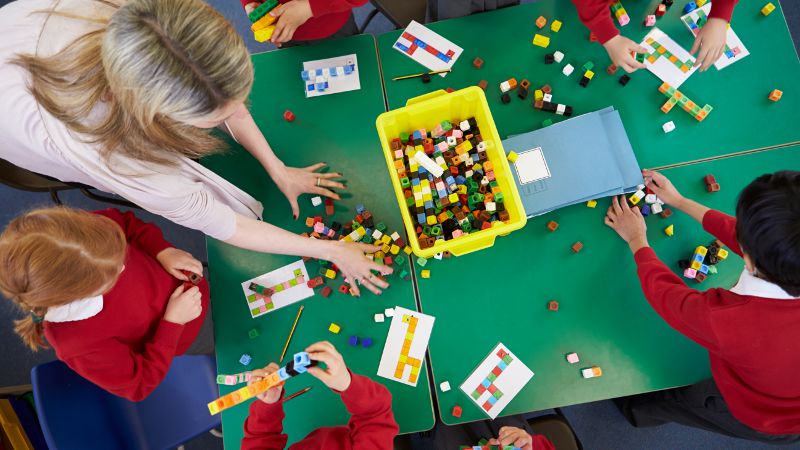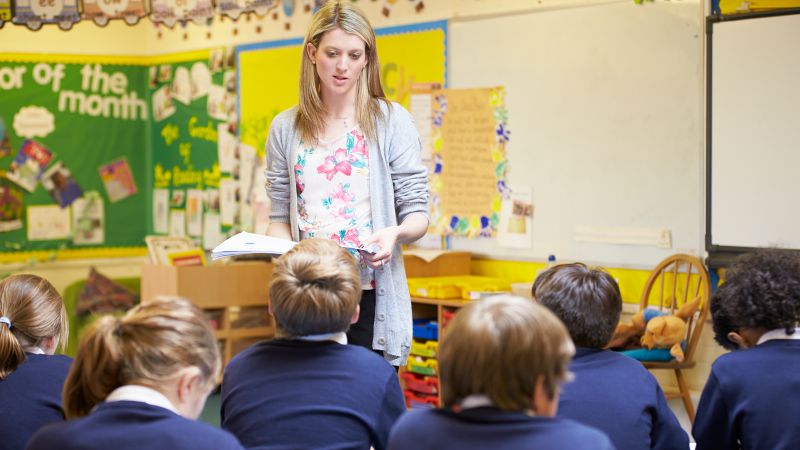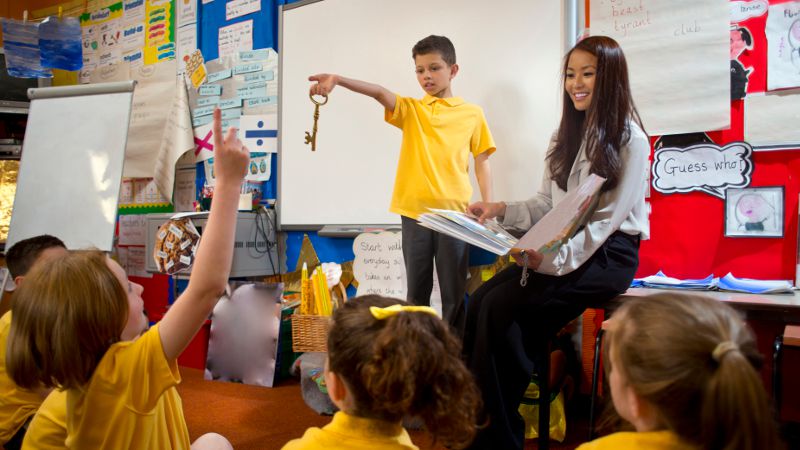
Consolidation: A Core Activity in All Effective Teaching Programs
Consolidation – a single activity that brings together learning that has occurred on multiple occasions in the past.

Lessons, units of work and programs have multiple, separate and often seemingly unrelated goals. At some point in time (such as at the end of a lesson), teachers want to show students how these separate learning goals are related. They also want to encourage students to commit new skills and knowledge to long-term memory. Consolidation is an overarching strategy that includes the use of other strategies such as summarising, synthesising, revision and questioning to achieve this. One of the goals of consolidation is to capture all previous learning in a single activity so that both teachers and students can identify and address any learning gaps. Consolidation is often the final activity before a class moves to the next topic or immediately precedes a final assessment.
One of the goals of consolidation is to capture all previous learning in a single activity so that both teachers and students can identify and address any learning gaps.
Novice teachers often skip the consolidation stage of a lesson or activity – possibly due to time pressures or inexperience. Seasoned and high-performing teachers on the other hand know that consolidation is vital to maximising learning outcomes. To use an analogy, think of the learning process like a person painting a house: just like a sequence of lessons, each room is painted in turn. However, at some stage, the painter must paint all of the connecting spaces (such as hallways) and complete the final touch-ups and cleaning. Only then has the house been painted. Similarly, lessons need to be joined at a central point that finalises the learning process and ensures that there are no gaps. As with a paint job that is close to being finished, by the end of a lesson or unit of work many students are on the cusp of mastering the learning:
- They have almost met the learning goals or benchmarks.
- They almost have a deep understanding of the topic, concepts or skills.
- They can almost apply their new skills and knowledge in unfamiliar contexts.
- They can almost take on challenges that require the application of multiple skills.
- They have almost committed their learning to long-term memory.
- They have almost reached a point of competence where their performance is repeatable.
- They have almost reached a point of confidence where they are willing to tackle more difficult challenges.
You may have noticed in all the above points that students fell short of achievement in various ways – they are ‘almost’ successful but not quite there yet. This is the point at which may novice teachers assess students’ learning and move to the next topic – sometimes never to return. When this happens, students who are on the cusp of achieving a high level of competence never have the ‘light-bulb’ moment where everything comes together and makes sense; all learning is quickly lost and very little is retained for future use. However, a short consolidation activity can propel students from an average to a near-mastery level of understanding and provide an opportunity for new learning to move from short-term to long-term memory. Even more exciting for teachers is the fact that consolidation is simple and easy to implement. It requires no planning, takes very little time and costs almost nothing in terms of resources.
A short consolidation activity can propel students from an average to a near-mastery level of understanding and provide an opportunity for new learning to move from short-term to long-term memory.
Consolidation is a blended mix of strategies such as modelling, board work, questioning, feedback, purposeful practice, metacognitive skills, scaffolding, chunking, revision, summarising and synthesising – all in a single short activity. Consolidation can simply be a few minutes at the end of an activity or a whole lesson at the end of a unit of work or topic. Teachers often begin a consolidation activity by giving an overview of the topic. They may then demonstrate or revise each of the key elements while showing how they link together. At the same time, teachers are diligently checking for student understanding (such as by asking questions), searching and addressing learning gaps and providing advice on metacognitive skills.
Consolidation inherently includes a formative assessment element. Once gaps are identified, follow-up strategies are implemented either at the whole-of-class level or the individual level (differentiated instruction). Formative evaluation provides information for teachers to effectively set homework practice activities based on what students know and don’t know. In addition, one-to-one or small group tutoring (even for a few minutes) may be implemented directly following class.
Hint: an effective consolidation strategy is to narrow down what students can (and can’t) do in order to spend more time on areas of need. For example, assume that there are 10 maths problems which students need to master. The teacher revises each problem separately, checks for understanding and then allocates most of the remaining time to work on 1 or 2 areas where students are confused – there is no need to evenly divide limited consolidation time between all 10 problems.
Note that consolidation is not an appropriate activity if students have no knowledge or skills – consolidation is used to solidify deep, long-term learning. If formative assessment indicates that students have little understanding, other strategies need to be implemented such as worked examples, modelling and scaffolding.























